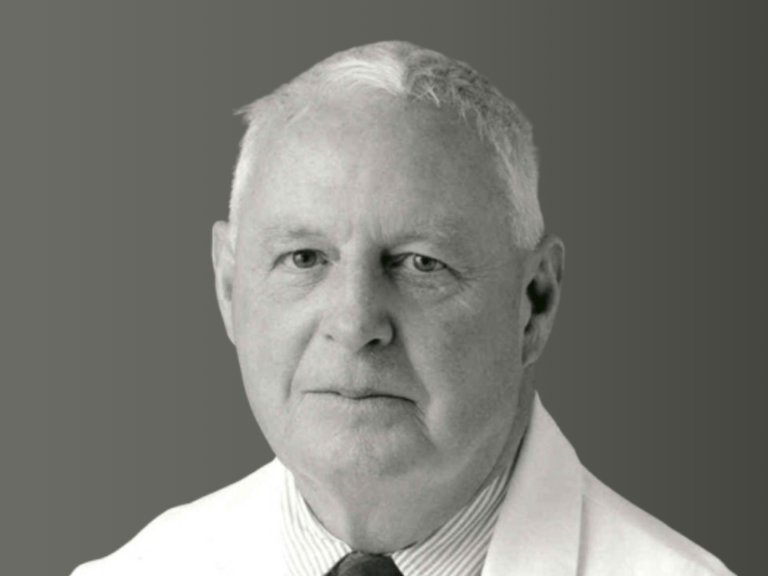CHILDREN’S HOSPITAL OF WISCONSIN opened its MACC Fund Center clinic and Northwestern Mutual Day Hospital.
“Children’s Hospital of Wisconsin is grateful for its long standing partnership with the MACC Fund, an organization exceptionally dedicated to children with cancer and blood disorders,” said Peggy Troy, CEO of the Children’s Hospital of Wisconsin. “Through the support of the MACC Fund and Northwestern Mutual, we are able to continue our mission to advance diagnosis and treatments, provide excellence in clinical care, expand training and research efforts, and improve access and outcomes.”
The new care areas on the fifth floor of Children’s Hospital are co-located with the MACC Fund Center inpatient unit and critical care unit. Designed with the help of 10 former MACC Fund Center patients and their families, the renovation features a 10,384-square-foot clinic with the latest technology for improved care delivery, 18 exam rooms and a neuropsychiatric testing suite.
The 10,329-square-foot day hospital includes an activities center, 14 private infusion suites, and a specialized chemotherapy pharmacy.
“We are proud to introduce the Northwestern Mutual Day Hospital, which will enable the doctors, nurses and staff to provide a best-in-class experience to the patients and their families, integrating technology and support services,” said John Kordsmeier, president of the Northwestern Mutual Foundation. “When a child receives a cancer diagnosis, the family does as well. We want to help ensure that when a family is undergoing treatment, they have a family-friendly environment that allows kids to be kids.”
Since the MACC Fund Center program began in 1980: more than 5,000 children have received care through the Oncology Program; more than 1,000 children have received blood and marrow transplants; and 300 children are actively managed for sickle cell disease annually, and 250 new patients are treated for other blood disorders.











